Artist Melanie Mckenney creates earthenware bowls that bear a stunning resemblance to fruit and vegetables. Her bowls are designed to look like the ingredients in a fresh salsa with realistic colors and the textures and details on her newer Grapefruit and Canteloupe bowls will fool the eye into thinking they are the real thing.
The life-like outcome of her work is not a coincidence. “By translating nature’s designs into clay I am able to invoke a new appreciation for everyday objects. Fruits and vegetables have such a variety of shapes, colors, and textures. By casting directly from the actual fruit or vegetable, I am able to replicate these designs in each bowl.”
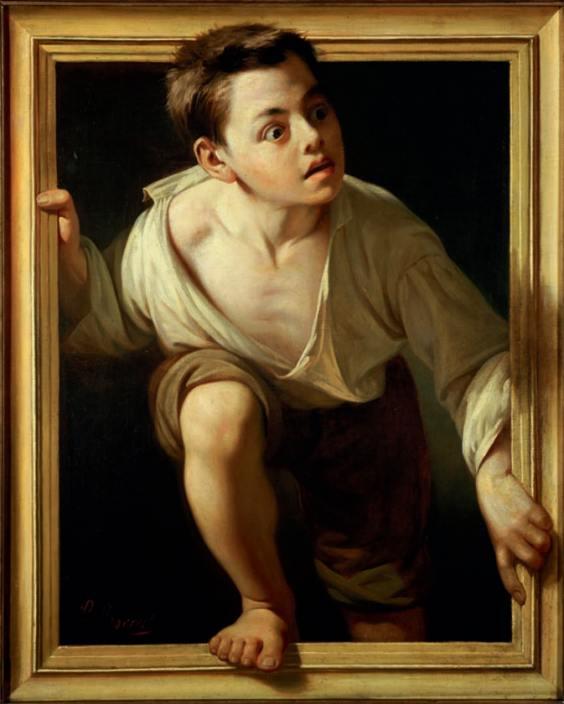 (Escaping Criticism by Pere Borrell del Caso. source Wikipedia)
(Escaping Criticism by Pere Borrell del Caso. source Wikipedia)
For centuries artists have been attempting to fool the eye with life-like painting and sculptures. In ancient Greece contests were held between artists to see whose paintings were more realistic. One famous contest featured a painted curtain so convincing, a rival artist attempted to draw them back.
The Renaissance brought a better understanding of perspective drawing and a term for art that fools its viewers- trompe l’oeil, which means “deceives the eye” in French. Subjects walked out of paintings and houseflies rested on canvas art. On a larger scale, frescos were painted on the ceilings of buildings giving the illusion of staring up to the sky through a window: an art form named di sotto in su, translating into “from below, upwards” in Italian.
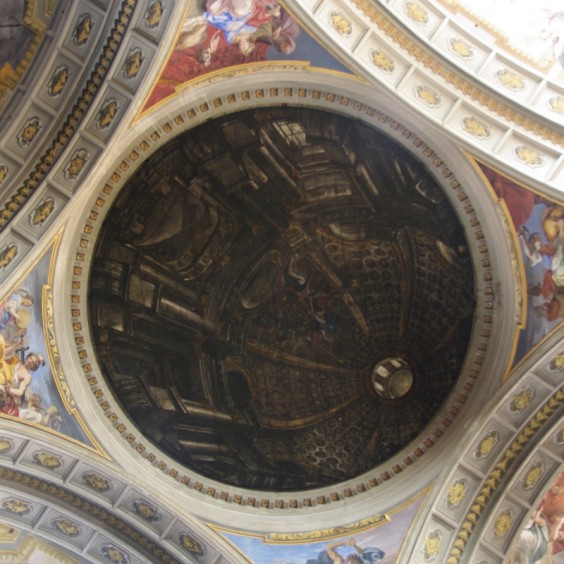 (Trompe L’oeil, genevieveromier)
(Trompe L’oeil, genevieveromier)
More recently a modern and reversed version of di sotto in su has emerged in urban environments that are making passers-by look down. Artists are creating 3D images on the sidewalk in chalk and paint to deceive city dwellers into the thinking the ground beneath them has opened up.
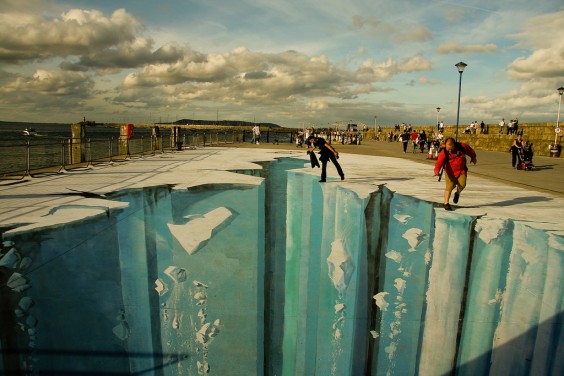 (on the very edge of a 3D illusion, calliope_Muse)
(on the very edge of a 3D illusion, calliope_Muse)
Perhaps the most popular examples of trompe l’oeil in our society are wax figures of our favorite entertainers. Commissioned during the French Revolution to recreate the forms of famous leaders, Marie Tussaud’s death masks of the French royal family were paraded as flags after their executions. In 1802, she moved to London with her family where she opened a public exhibition space. Today, Madame Tussaud’s wax museums are huge tourist destinations in big cities internationally.
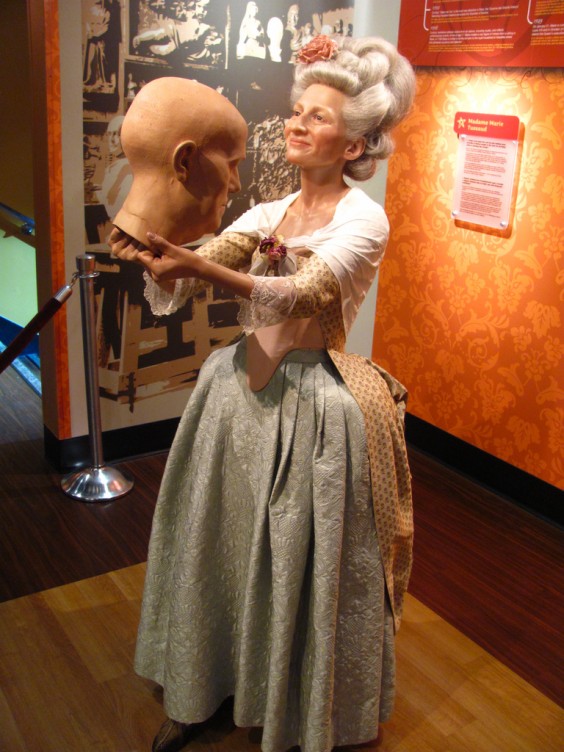 (Madame Tussaud’s figure at Madame Tussaud’s Hollywood, Loren Javier)
(Madame Tussaud’s figure at Madame Tussaud’s Hollywood, Loren Javier)
Throughout time artists have created such realistic works to display their understanding of forms and perspective or to trick their audience. Why does Melanie try to fool you? Melanie says that in creating life-like pottery, she “aims to promote local farming, healthy eating, as well as an appreciation for handmade functional housewares”.

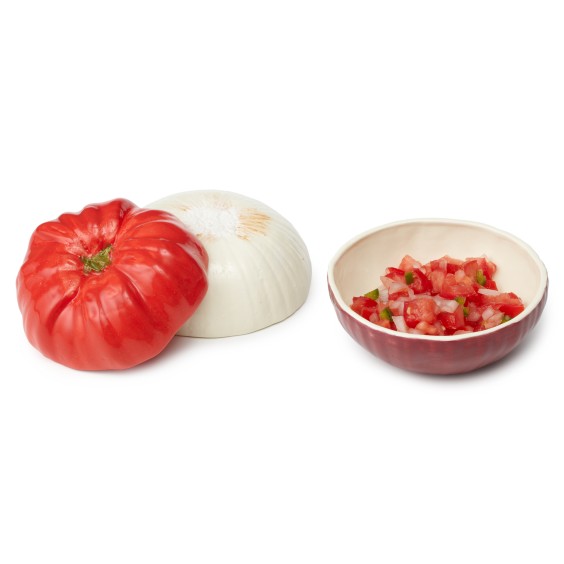
No Comments